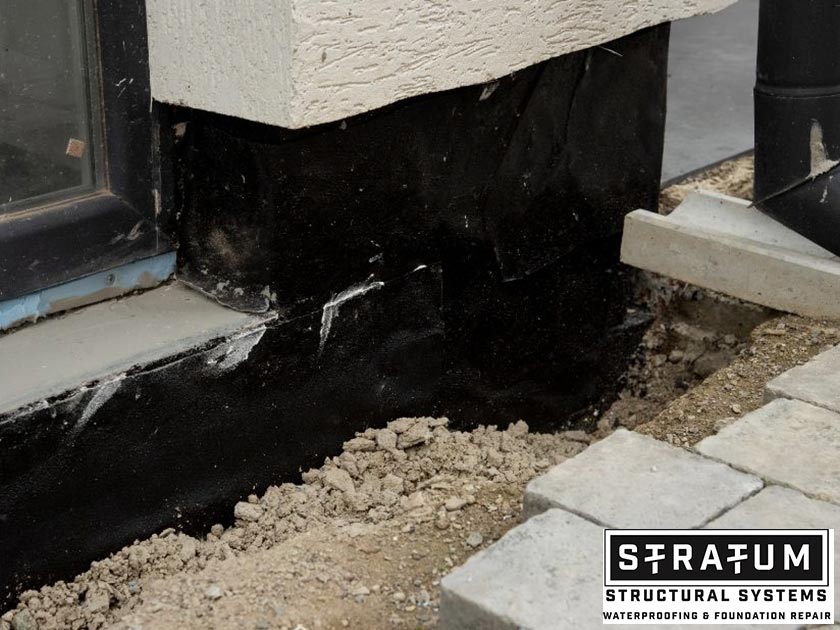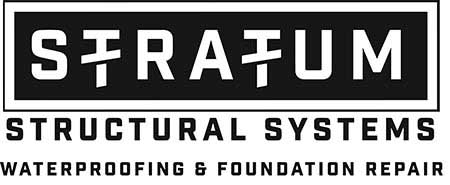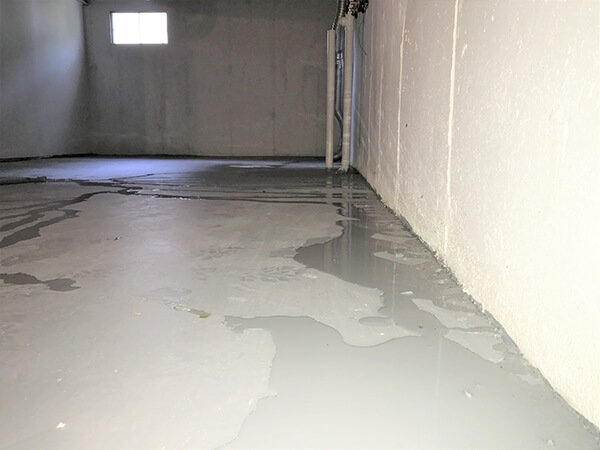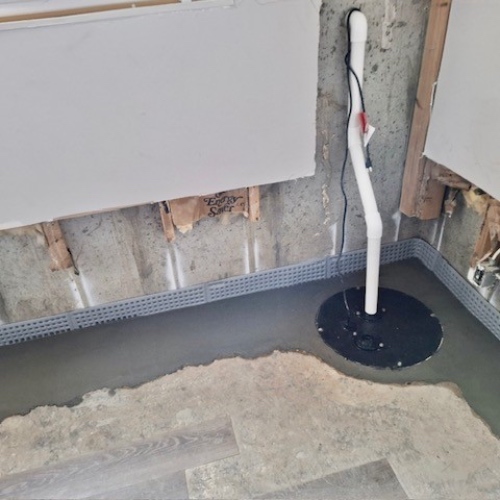What are the Different Classes of Water Damage?

Water damage is a common issue for homeowners in St. Louis County. “Common” doesn’t mean it’s okay…and while not every instance is cause for alarm, it’s crucial to promptly identify and address potential problems. That is why water damage is classified into four groups. Understanding the different classes of water damage can help you make informed decisions about your home’s care and maintenance. Whether you’re dealing with a minor leak or a more serious flood, this information will empower you to take the right steps to protect your home and your peace of mind.
What Are Water Damage Classes?
Water damage classes are a crucial system for understanding the extent and severity of water intrusion in homes. There are four distinct classes of water damage, each representing a different level of water absorption and evaporation load.
The four classes of water damage are defined by the Institute of Inspection Cleaning and Restoration Certification (IICRC). They’re based on the approximate amount of wet surface area in a space, as well as the permeance and porosity of affected materials.
This classification system enables restoration professionals to quickly assess the scope of the damage, estimate the resources needed for restoration, and develop an effective plan of action. For homeowners, understanding these classes can provide insight into the potential severity of the water damage and the likely extent of the restoration process.
Class 1 Water Damage
Class 1 water damage represents the least severe form of water intrusion in a property. It occurs when a small area of a room is affected by water. This type of water damage is often characterized by its limited scope and the slow rate of evaporation.
A class 1 classification typically involves less than 5% of the combined floor, wall, and ceiling surface area. In these cases, the water primarily comes into contact with materials that have low porosity or permeance, such as concrete, plywood, or structural wood. These materials absorb minimal moisture.
Examples of Class 1 water damage scenarios include:
- A concrete basement floor with minimal water absorption
- A small area of wet hardwood flooring
- Water damage confined to non-porous surfaces like tile or sealed concrete
- A situation where wet carpet or padding has already been removed, leaving only slightly damp structural materials
Restoring after Class 1 water damage typically requires the least intensive intervention. Quick water removal and thorough drying of the affected area are required to prevent the situation from escalating. Restoration professionals may use basic drying methods and equipment like air movers and dehumidifiers to address the moisture.
While a Class 1, it’s crucial not to underestimate even minor water intrusion. Untreated moisture can lead to mold growth or more severe structural issues over time. Prompt action and proper assessment are key to ensuring that Class 1 water damage doesn’t progress to a more serious category.
Class 2 Water Damage
Class 2 water damage represents a more significant level of water intrusion compared to Class 1. This type of water damage affects a larger area and involves more porous materials.
Class 2 is characterized by a higher rate of evaporation, with water infiltrating more than 5% and up to 40% of the combined floor, wall, and ceiling surface area in a space. In these scenarios, water has typically saturated porous materials like carpeting, cushioning, and drywall.
Common examples of Class 2 water damage include:
- Wet carpeting and padding with water wicking up gypsum wallboard
- Structures affected by Category 2 water damage where underlay has been removed but other wet structural materials remain
- Instances where carpet and underlay are undergoing in-place drying without wicking up the walls
- Water seepage up to 24 inches on walls
- Moisture present in structural materials like plywood, particle board, structural wood, vinyl composition tile (VCT), and concrete
Restoring Class 2 water damage is a more involved process than dealing with Class 1 situations. The first step is usually a thorough water extraction, where professionals remove as much standing water as possible from your home. This might involve using powerful pumps and vacuums to get rid of the water quickly.
Next, any materials that are too saturated to save, like carpet padding, often need to be removed and thrown away. This helps prevent mold growth and speeds up the drying process.
The restoration team will then focus on drying out the entire affected area, including the room itself and any structural materials that got wet. They might need to take extra steps, like removing baseboards or even drilling small holes in the drywall, to help everything dry more effectively.
Throughout this process, the restoration team will use special equipment like air movers and dehumidifiers to speed up drying. They’ll also keep a close eye on moisture levels in different materials to make sure everything is drying properly.
It’s really important to take care of Class 2 water damage quickly to stop things from getting worse or mold from growing. That’s why it’s often best to call in professionals who have the right tools and know-how to handle the job correctly and prevent any further damage to your home.
Class 3 Water Damage
Class 3 water damage represents one of the most severe forms of water intrusion in a property. It’s characterized by a high volume of water affecting a large area, typically more than 40% of the combined floor, wall, and ceiling surfaces.
This class has the fastest evaporation rate due to the extensive saturation of porous materials.
Class 3 water damage often involves water coming from overhead, leading to significant saturation of walls, ceilings, insulation, carpets, and subfloors.
Common scenarios include:
- Water supply failures on upper floors, saturating entire areas below
- Malfunctioning overhead water supply pipes, causing extensive water exposure
- Instances where carpeting, underlay, walls, structures, and insulation are all affected
- Burst pipes or water coming from a collapsed ceiling
- Severe flooding from storms or hurricanes, particularly with wind-driven rain
Restoring Class 3 water damage is a complex process that typically requires professional intervention due to the extensive saturation and severity of the situation. The first step involves thorough water extraction using powerful pumps and vacuums to remove as much standing water as possible.
Saturated materials, such as carpet padding and drywall, often need to be removed and disposed of to prevent further damage and mold growth. Once the water is removed, intensive drying and dehumidification are carried out across the entire affected area.
This may include removing baseboards or drilling small holes in walls to allow for better airflow and enhanced drying of hidden moisture. Air movers and industrial-grade dehumidifiers are used to speed up the drying process and ensure all moisture is addressed.
Throughout the restoration, professionals continuously monitor moisture levels in the affected materials to ensure thorough drying. Finally, cleaning and sanitization are performed to eliminate any potential contaminants and prevent mold growth, ensuring the space is safe and habitable once again.
Class 4 Water Damage
Class 4 water damage is the most severe classification. It involves deep saturation of materials with low permeability or porosity.
This type of damage is characterized by water penetrating deeply into structural materials like hardwood, plaster, brick, and concrete, requiring specialized drying techniques and extended restoration efforts.
Examples of Class 4 water damage scenarios include:
- Plaster and lath walls deeply saturated with water
- Structures featuring hardwood floors affected by water
- Very old construction with multiple layers impacted by water intrusion
- Water loss incidents in locations like gymnasiums
- Concrete or dirt floors with significant water absorption
- Stone structures affected by prolonged water exposure
Restoring Class 4 water damage is a complex and time-consuming process. It typically begins with a thorough assessment using advanced tools like infrared cameras and moisture meters to detect hidden water. Specialized drying equipment, such as desiccant dehumidifiers and heat drying systems, is essential for removing deeply embedded moisture.
Restoring a home after Class 4 water damage involves extended drying times. Drying this area could last weeks due to the low permeability of affected materials.
Professionals must maintain consistent monitoring throughout the process to ensure complete drying. In many cases, structural repairs and reinforcements may be necessary, especially if the water damage has compromised the foundational integrity of the building.
Water Damage Repairs In St. Louis
At Stratum Structural Systems, we understand that water damage can be a stressful and destructive problem for homeowners in St. Louis. Whether you’re dealing with a wet basement, foundation cracks, or other moisture-related issues, our team of experts is here to provide you with a fair and professional assessment.
With nearly 40 years of combined experience in the foundation repair industry, we have the knowledge and expertise to accurately diagnose your water damage problems and offer effective solutions.
When you choose Stratum, you can trust that we’ll provide honest service, using industry-leading products and excellent craftsmanship to address your water damage concerns. From minor repairs to complete foundation replacements, we have the skills and tools to handle it all, ensuring your home stays dry and structurally sound. Contact us today!




